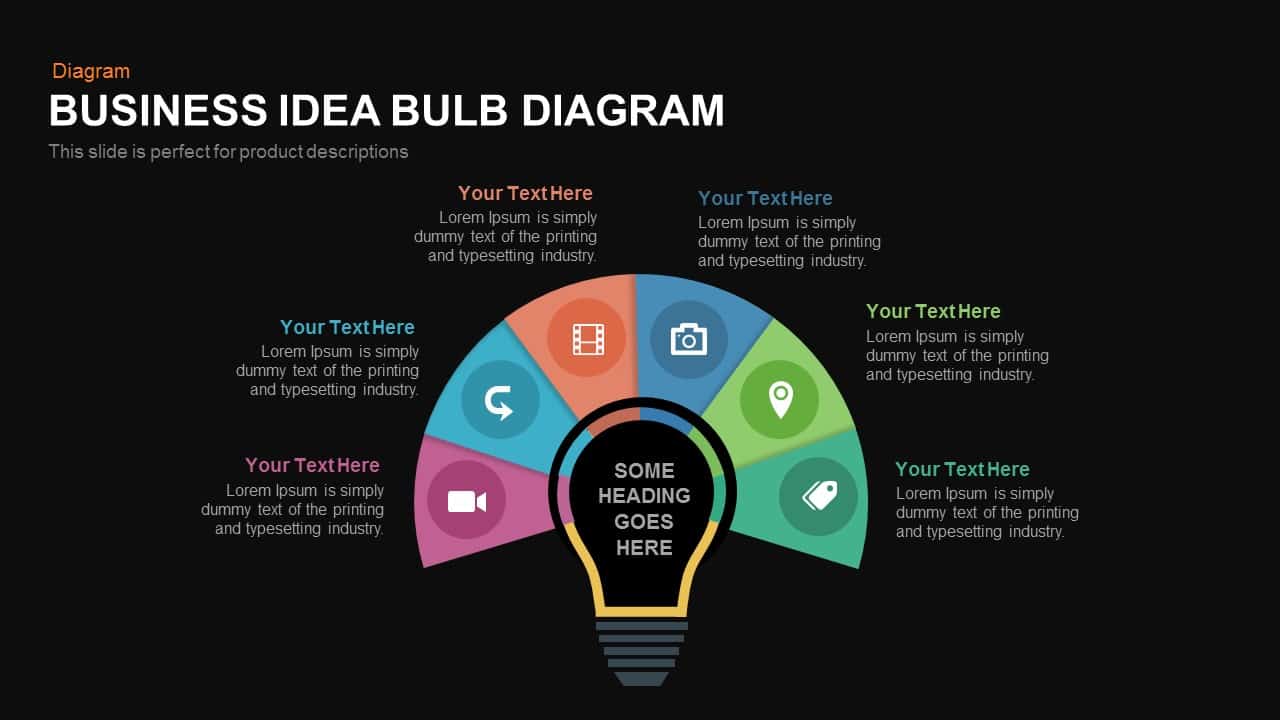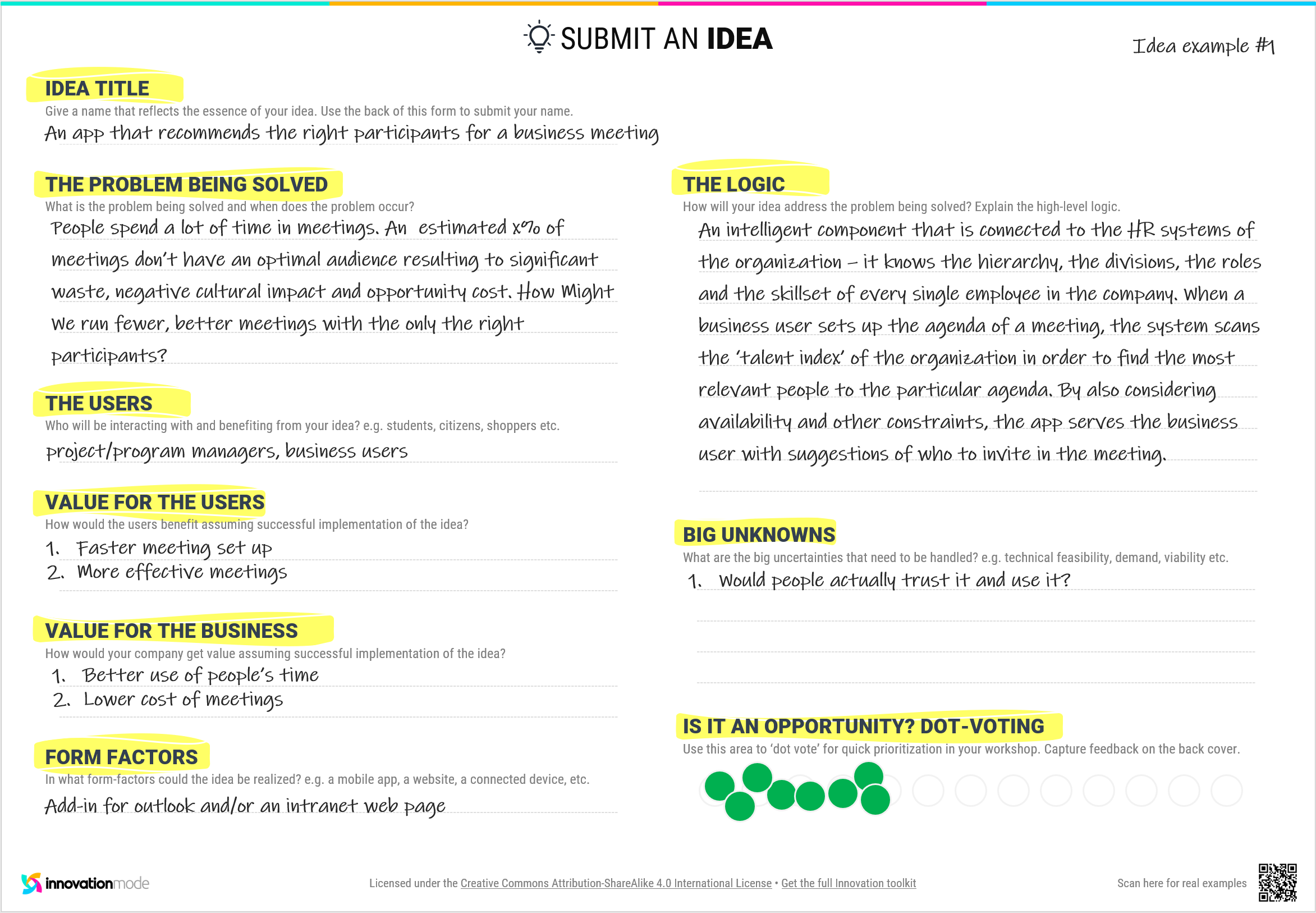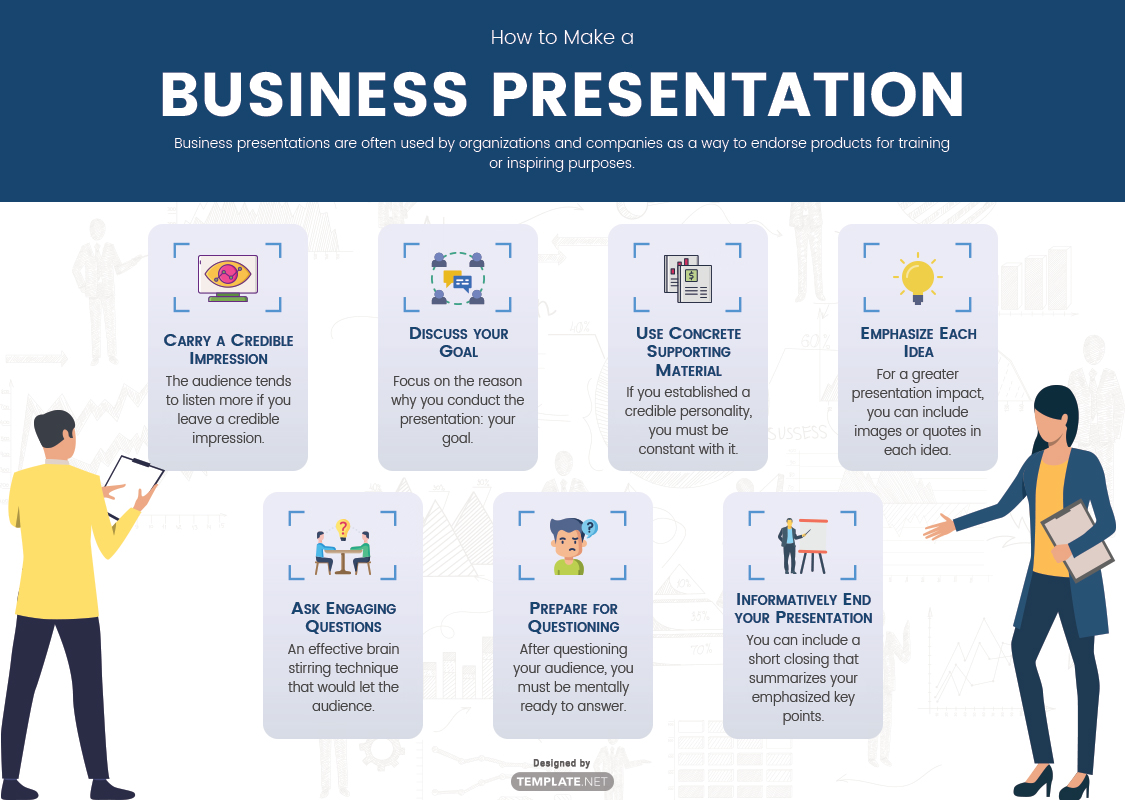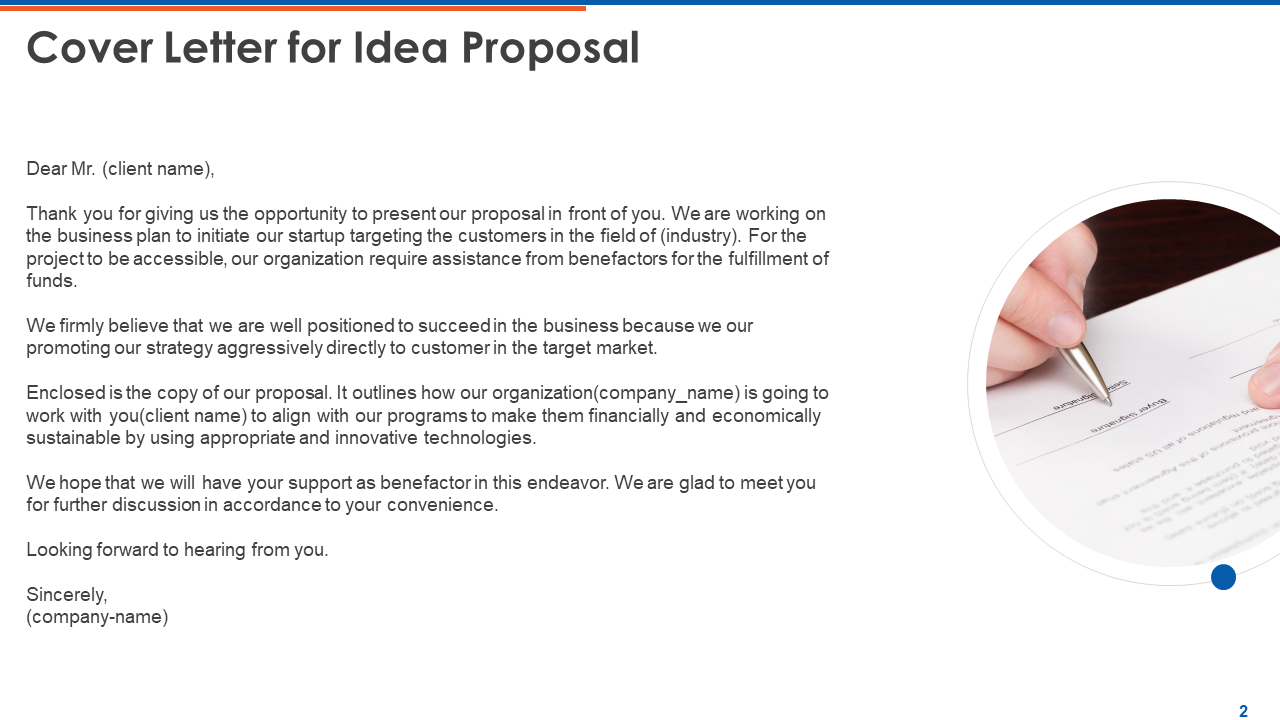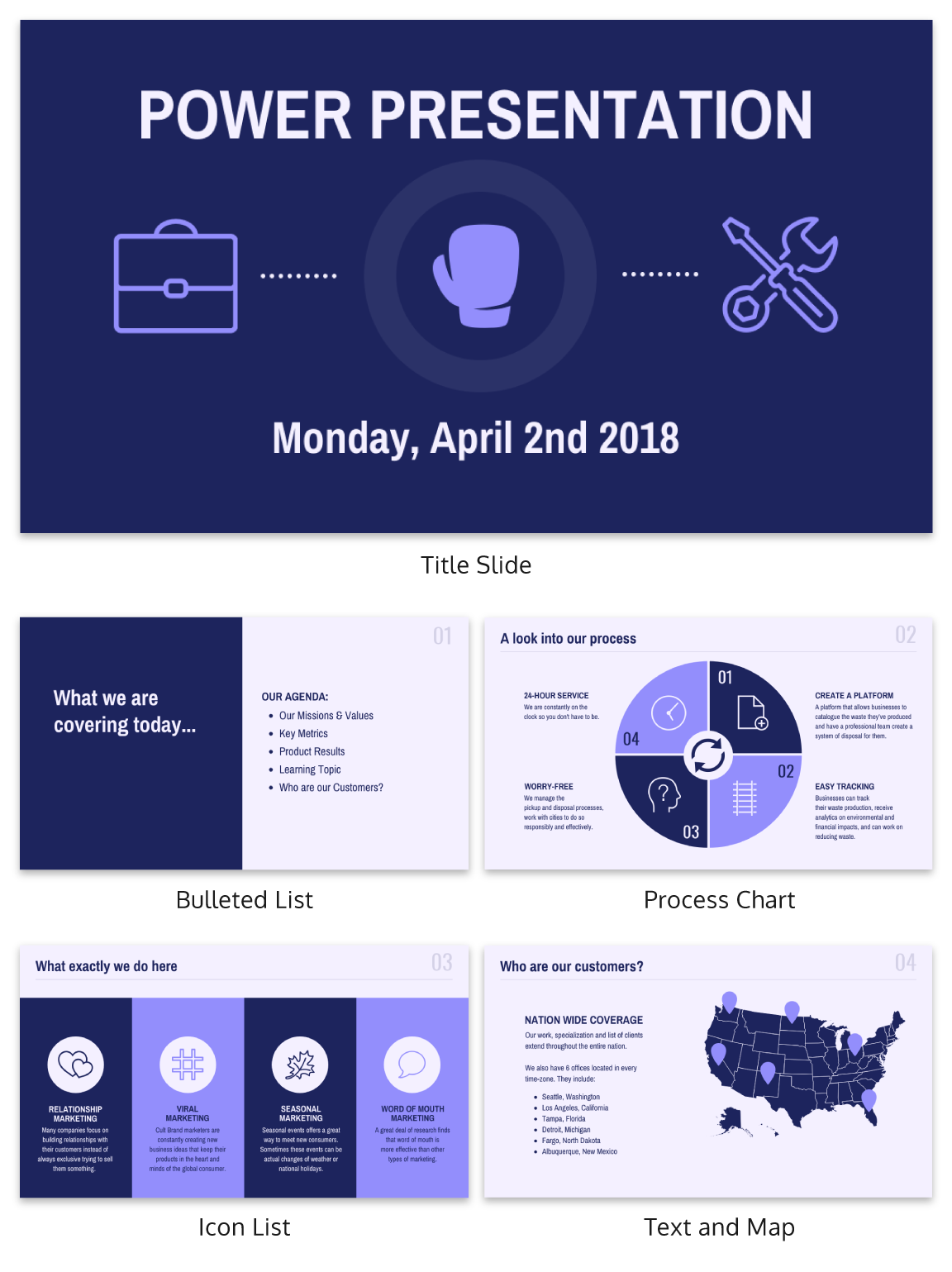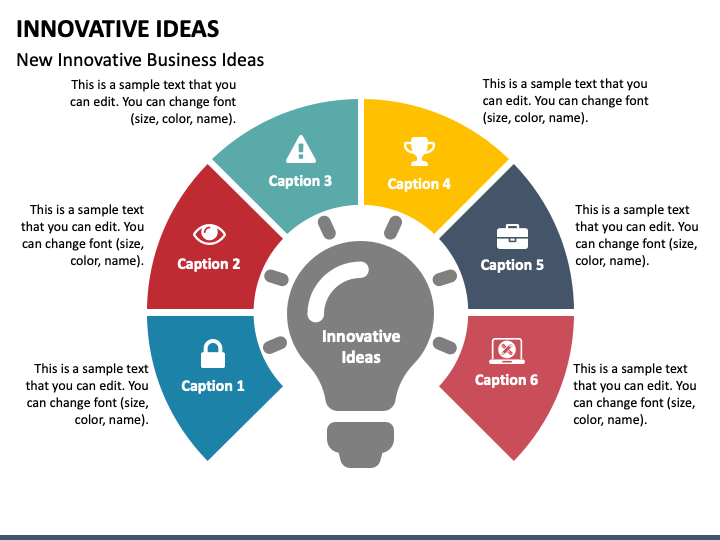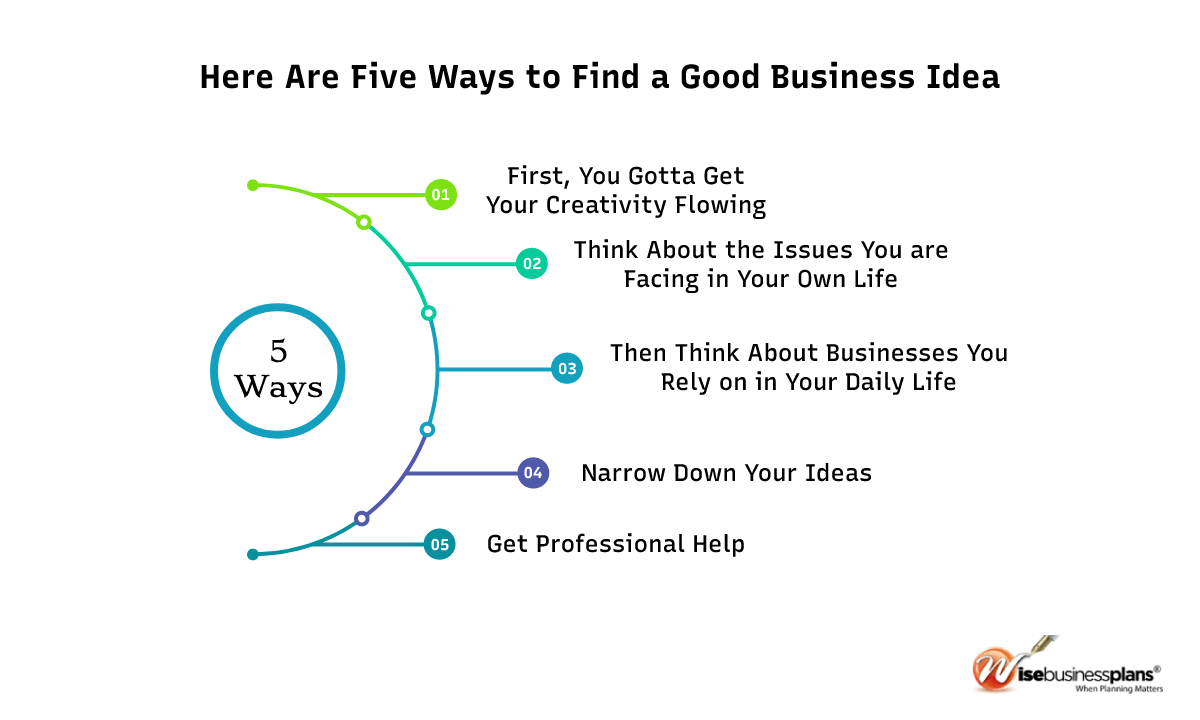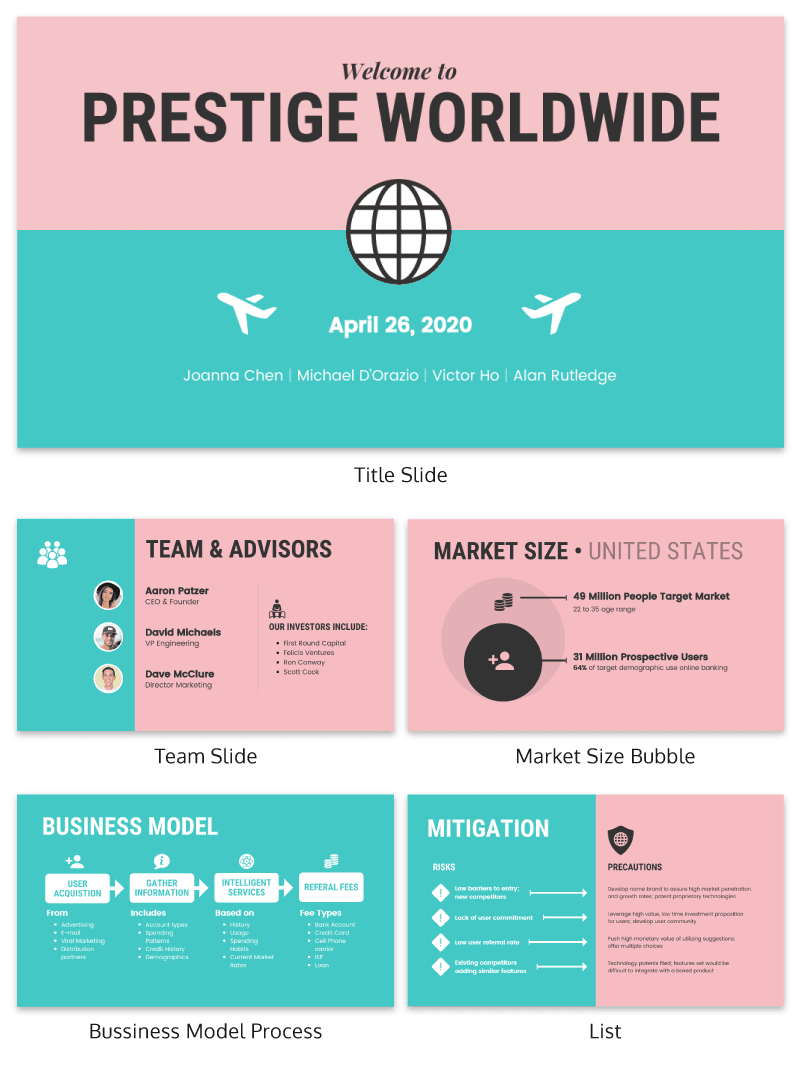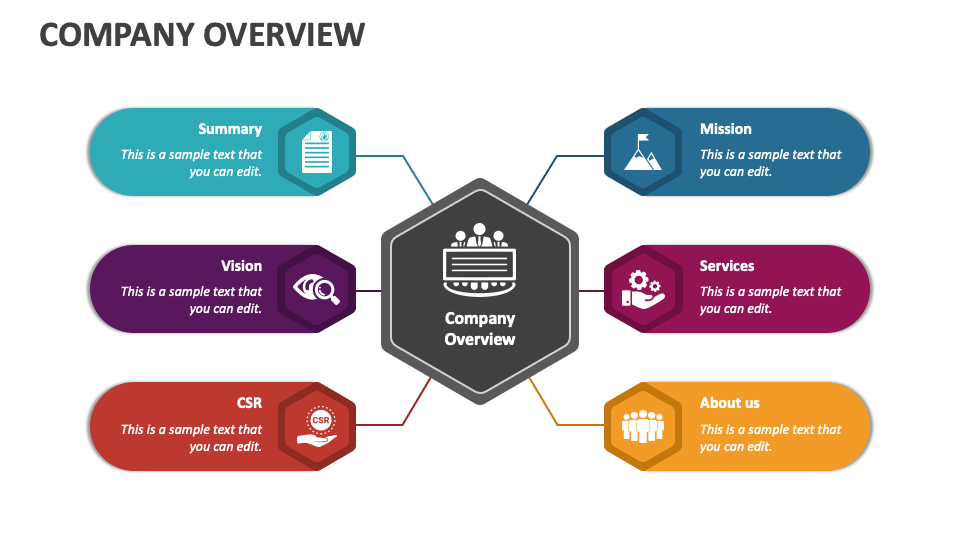How To Present An Idea To A Large Company
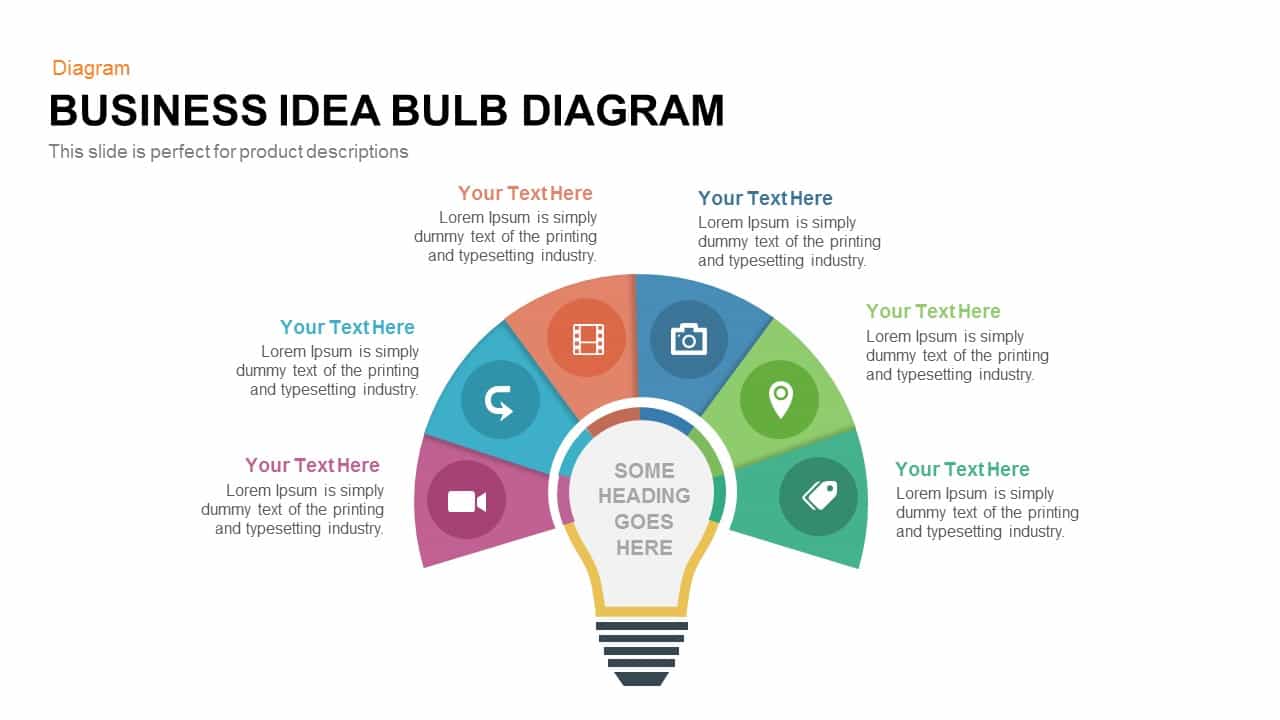
Imagine standing on a vast stage, a single spotlight illuminating you as you face an audience of hundreds. These aren't just any faces; they're the decision-makers, the innovators, the gatekeepers of a large corporation. You have an idea, a spark of innovation that could reshape their landscape. But how do you transform that spark into a roaring flame of enthusiasm across such a vast expanse?
Presenting an idea to a large company requires more than just a brilliant concept; it demands strategic planning, compelling communication, and a deep understanding of the organization's needs. This is about navigating the corporate maze and ensuring your voice is heard, understood, and ultimately, acted upon.
Understanding the Landscape
Before stepping into the arena, thoroughly research the company. Understand their mission, values, and current strategic initiatives.
This involves digging into their annual reports, press releases, and even social media presence. Identify potential allies within the organization who might champion your idea.
According to a 2023 study by the Harvard Business Review, proposals aligned with a company's core values are 70% more likely to be approved.
Crafting Your Narrative
Your presentation is not just about facts and figures; it's about storytelling. Start with a compelling problem statement that resonates with the audience.
Clearly articulate how your idea provides a solution. Use visuals, data, and real-world examples to paint a vivid picture of the potential impact.
Remember, brevity is key. Respect the audience's time and get straight to the point, eliminating jargon where possible.
Building Your Case
Quantify the benefits of your idea in terms of return on investment (ROI), cost savings, or market share gains. Develop a detailed implementation plan, outlining the resources required and the timeline for achieving results.
Anticipate potential challenges and develop mitigation strategies to demonstrate your foresight and preparedness. Consider a pilot program or a phased approach to minimize risk and allow for iterative improvements.
As Peter Drucker famously said,
"What gets measured, gets managed."So be sure to define clear metrics for success.
Navigating the Corporate Maze
Large companies often have complex hierarchies and approval processes. Identify the key decision-makers and tailor your presentation to their individual interests and concerns.
Seek feedback from trusted colleagues or mentors before presenting your idea to the wider organization. This will help you refine your message and address any potential weaknesses.
Be prepared to navigate internal politics and competing priorities. Patience and persistence are crucial in navigating this complex environment.
Presenting with Confidence
Practice your presentation thoroughly until it feels natural and confident. Maintain eye contact, speak clearly and enthusiastically, and be open to questions.
Demonstrate your passion for the idea and your belief in its potential. Remember, your enthusiasm is contagious.
Most importantly, be prepared to listen. Embrace feedback and be willing to adapt your idea based on input from others.
Following Up and Fostering Collaboration
After the presentation, follow up with key stakeholders to reiterate your interest and answer any remaining questions. Offer to provide additional information or conduct further research to support your proposal.
Foster collaboration by inviting others to contribute to the development and implementation of your idea. This will help build buy-in and ensure its long-term success.
As Henry Ford once said, "Coming together is a beginning; keeping together is progress; working together is success."
Conclusion
Presenting an idea to a large company is undoubtedly a challenge, but it's also an opportunity to make a significant impact. By understanding the landscape, crafting a compelling narrative, and navigating the corporate maze with skill and persistence, you can transform your innovative spark into a powerful force for change. Remember, even the most revolutionary ideas start with a single, well-presented thought.

